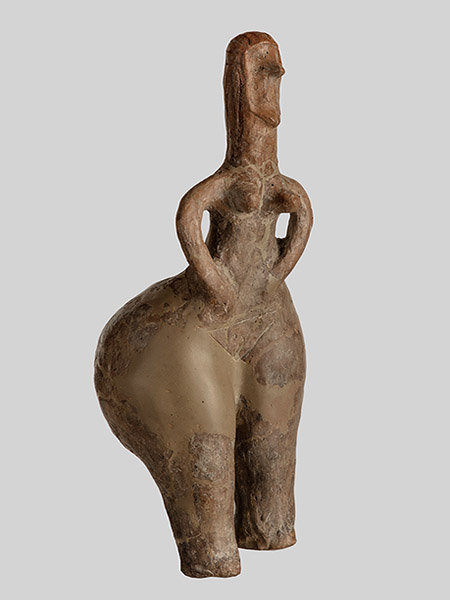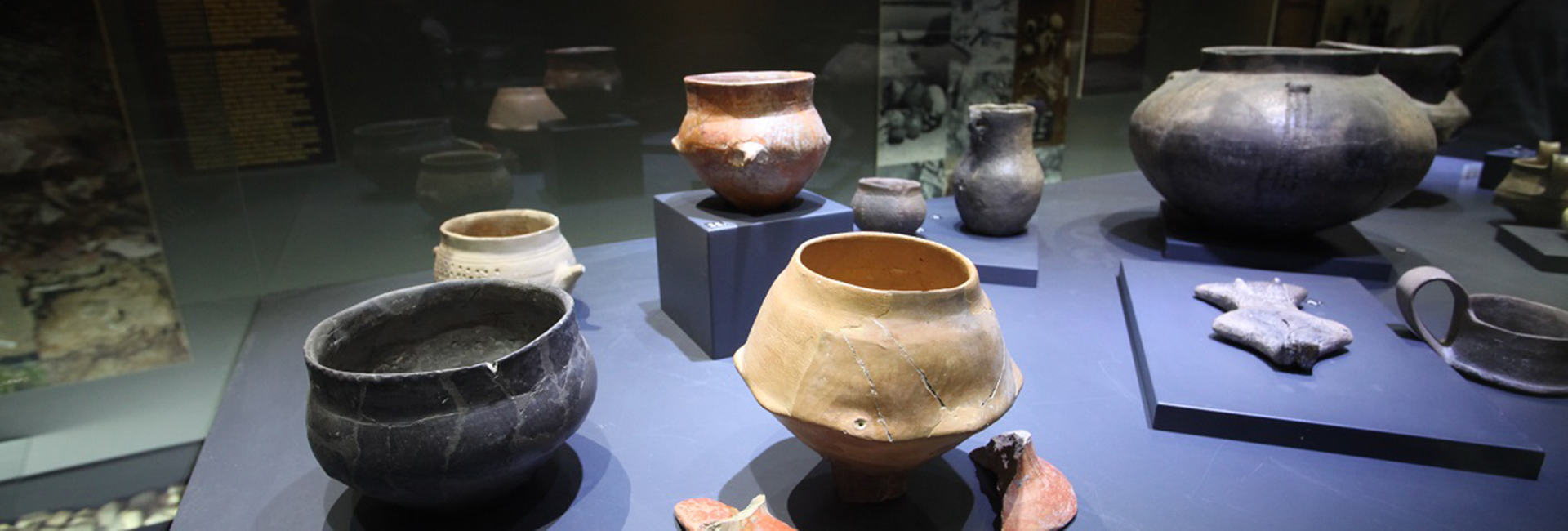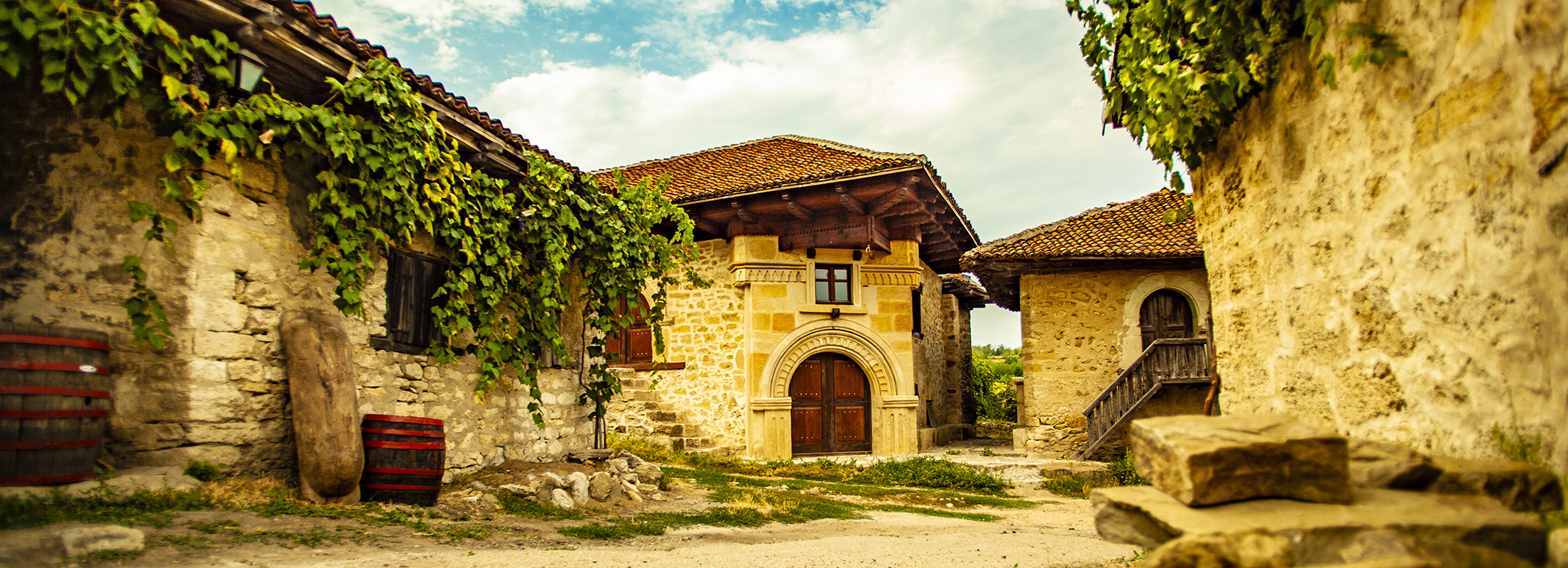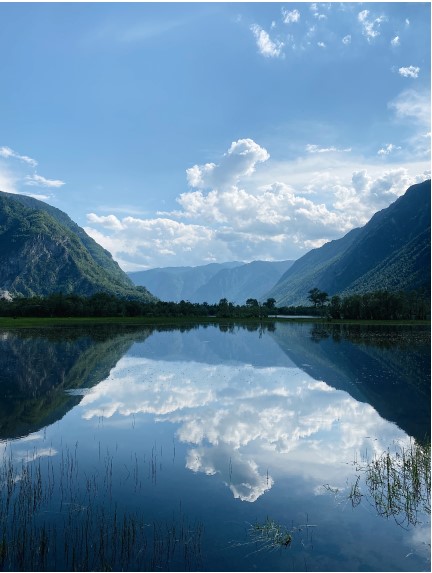Prehistory
The territory of present-day Serbia is home to some of the oldest archaeological sites in Europe. Archaeological sites of the first civilisations’ settlements on Serbian soil have changed our understanding of the way of life of people in the long prehistoric era.
The territory of Serbia was first settled some forty thousand years ago. However, it was not until the 1st millennium BC that they got names, in line with the ancient world’s interest in them. Since there were no written documents, the history of those human communities can primarily be studied as cultural history.
Many archaeologists consider Lepenski Vir to be the cradle of European civilisation because the remains of architecture and artefacts found date back to the period between 7000 and 6500 BC. Traces of the Starčevo culture, dating back to the Early Neolithic period, are at Starčevo on the left bank of the Danube, while the remains of the somewhat younger Vinča culture are in the village of Vinča on the other side of the river. Prehistoric people from the Starčevo and Vinča cultures left behind dugouts, tools and weapons, stone statues and ceramic vessels of exceptional beauty.
The artefacts of archaeological sites speak of the daily life, artistic expression and spiritual beliefs of the people of that time. These sites help visitors understand the significance of our prehistoric heritage and offer a unique journey through time, opening new horizons to understand the past, but also to reflect on the present and the future.
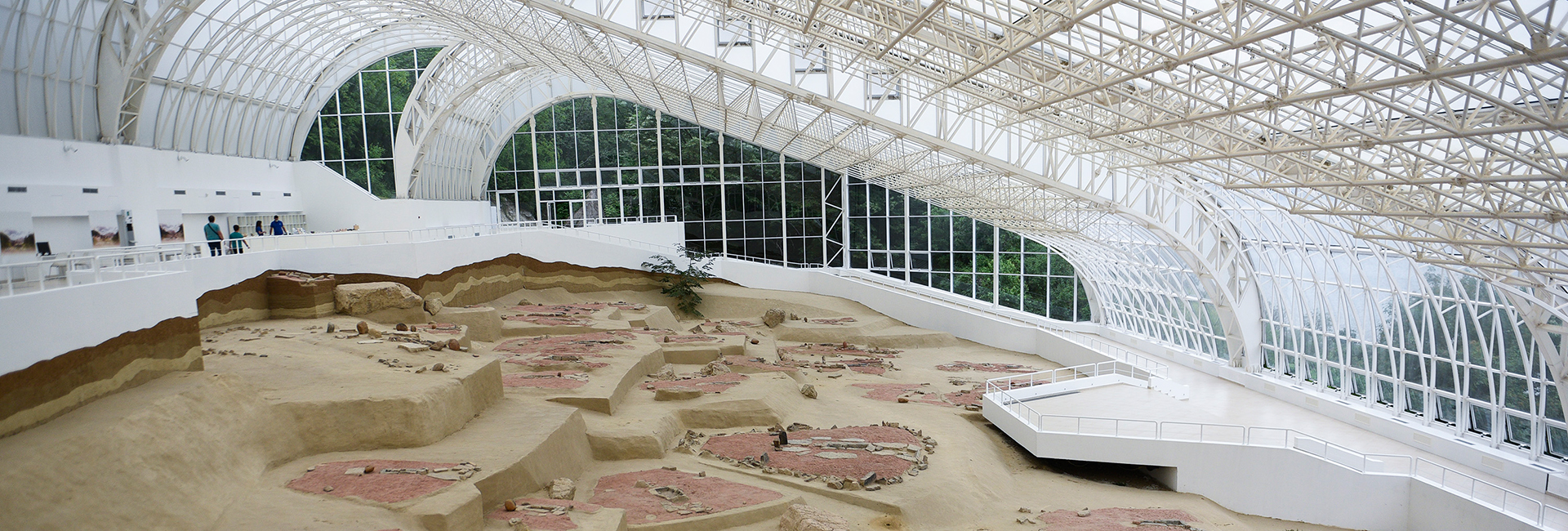

Lepenski Vir
Lepenski Vir, an archaeological site with remains of a culture dated to between 6500 and 5500 BCE, is situated on the right bank of the Danube, in the area of the Iron Gate gorge.
Read more


